While it may be obvious if your dog runs in the opposite direction that she is afraid, dogs have many less obvious signs of fear. You can help ensure your dog doesn’t get to the point where they want to bolt by watching for these subtle signs and reacting to them to make your dog more comfortable. Knowing these signs can also make training easier, as you realize your dog is not being stubborn or ignoring you, but is actually worried about something.
#1 – Not Eating
Most people may think their dog is being stubborn if they refuse a treat during training. Or, if it’s mealtime in a new environment, they may assume their dog just isn’t hungry.
However, not eating in a new place or environments with distractions (people, dogs, cars, etc.) can be a sign your dog is too anxious and therefore can’t eat.
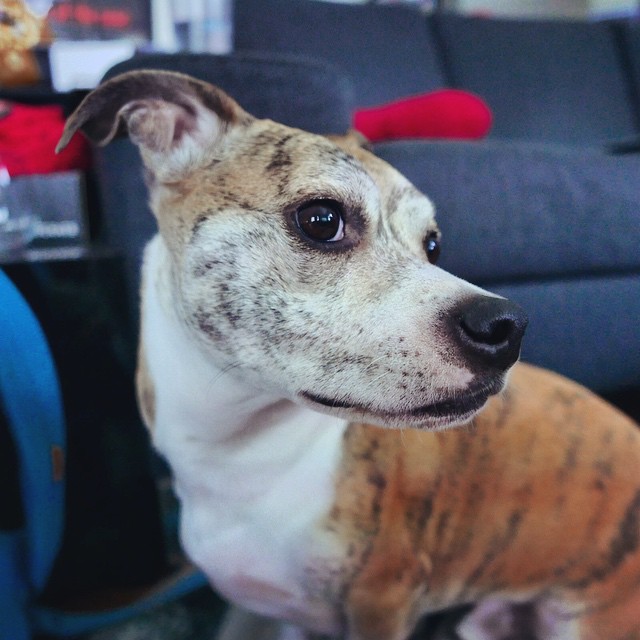
#2 – Displacement Behaviors
Does your dog stop listening to your cues and start sniffing, scratching, yawning, etc., when you are out and about? All of these are actually displacement behaviors that your dog is doing when he is fearful/anxious/stressed. It’s one way dogs try to deal with the stress they are feeling.
If you notice your dog doing this, pay attention to the environment to try and see what may be causing the stress and how you can help your dog relax.
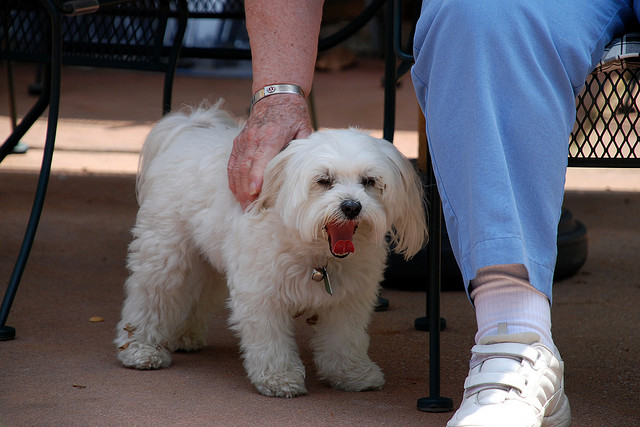
#3 – Unresponsive
Again, many people see this as a dog that is just “stubborn” or choosing to ignore their cues. However, a dog that is fearful cannot physically respond to a cue – that part of their brain has essentially shut off and they are in “instinct” mode. If your dog is acting like you do not exist, it may be out of fear.
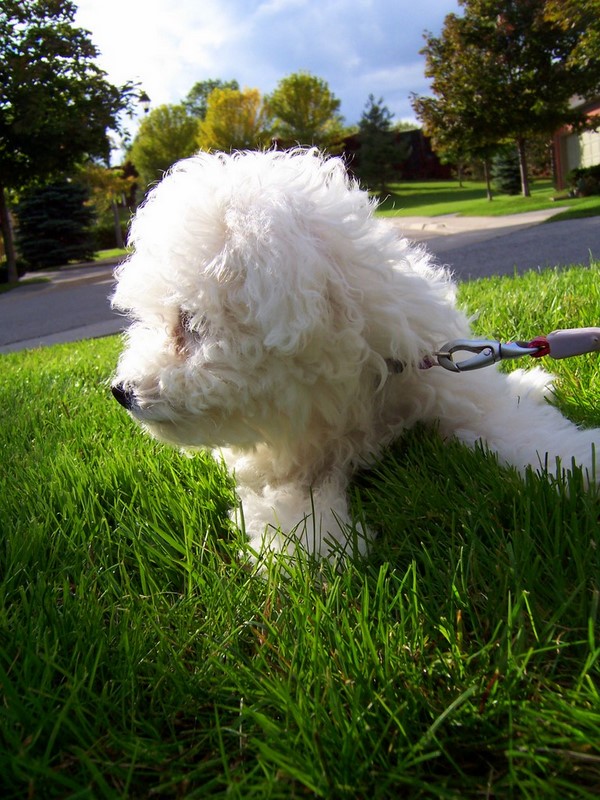
#4 – Lip Licking
Does your dog sit and lick his lips? It may not be because his treat was delicious. This is an appeasement behavior that your dog may be doing in a situation that makes him nervous – such as being around other dogs.

#5 – Panting
This one is easy to disregard – dogs pant all the time, right? Wrong. A dog should only pant when it’s warm out. If your dog is in an air conditioned training room he should not be panting. If he is, it’s a sign he is stressed and/or afraid of something. Paying attention to this subtle sign can greatly enhance your relationship with your dog by helping to make him more comfortable.
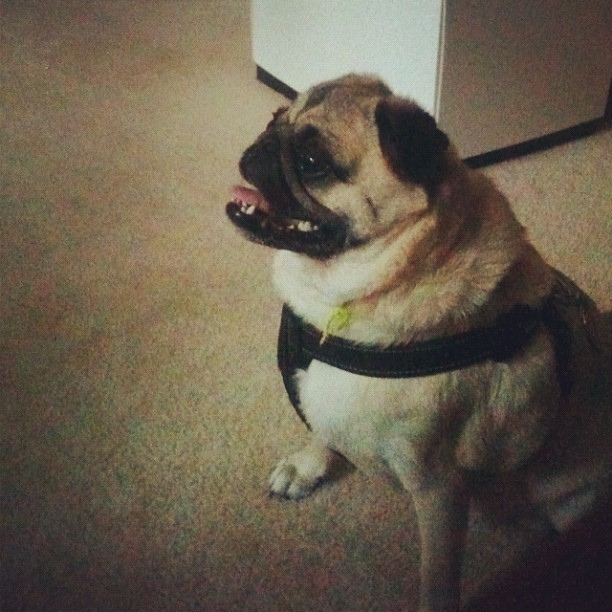
#6 – Hyper-vigilant
This one is often mistaken as “my dog is always distracted and just won’t pay attention to me.” And, in a way, you are right. The problem is, if you don’t realize it’s due to fear, you are going to try and force your dog to pay attention to you, which may make the fearful situation even worse. If your dog is constantly scanning the horizon for all those boogie men he is sure are out there, then you need to change the environment – he’s not ready for that yet.
Eventually, you can work up to that location. But at first, you need to find an environment your dog is comfortable in and can successfully respond to cues, (plus eat and not be showing any of the other signs mentioned above).
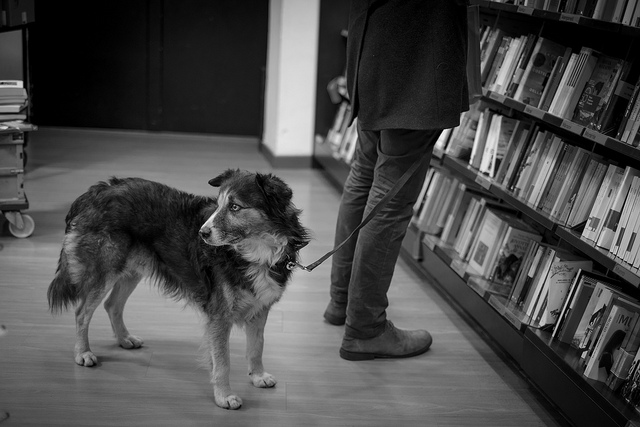
Being aware of these signs will help your dog to be happier and make you less frustrated. Find an environment your dog is not fearful in and you may be surprised at how much he knows and how well he pays attention to you – it’s all about keeping him under that threshold and gradually facing his fears together in a way he can cope and overcome. Remember, in order for him to be successful, each experience needs to be positive and a low enough threat that he can work through it. If he is showing any of these signs, it might be too much.
